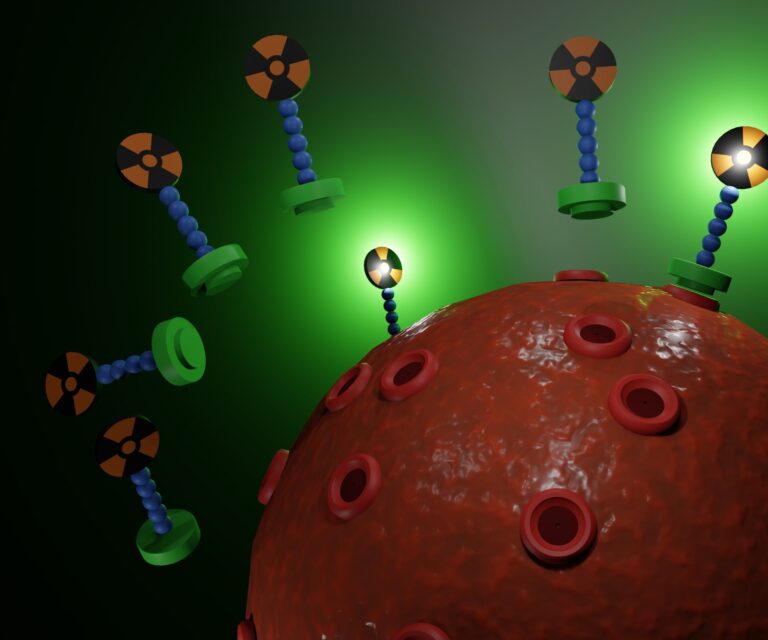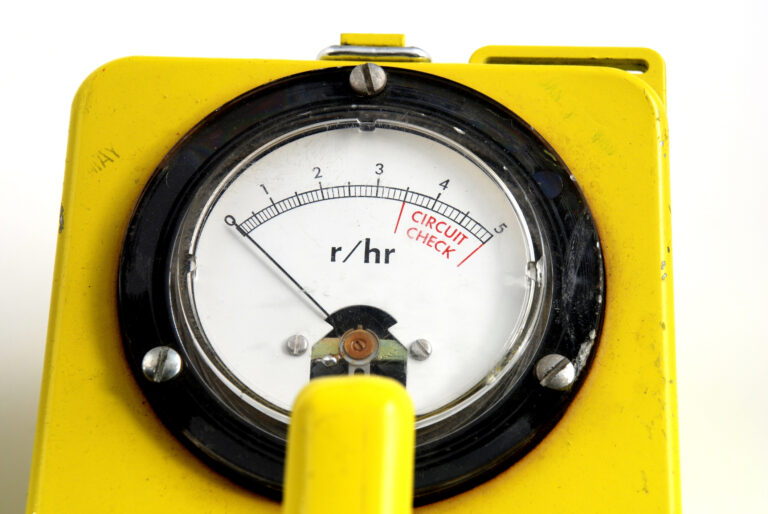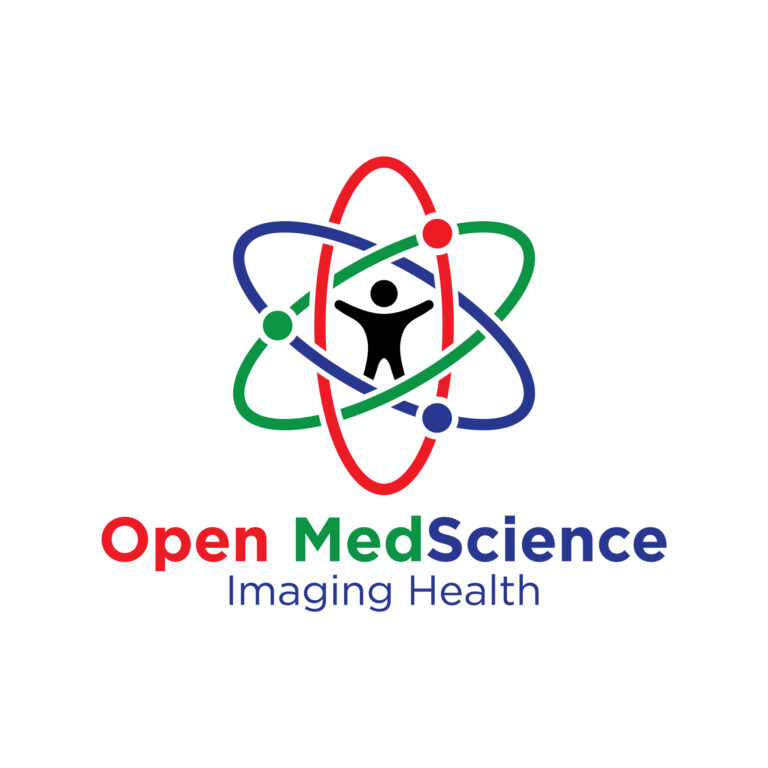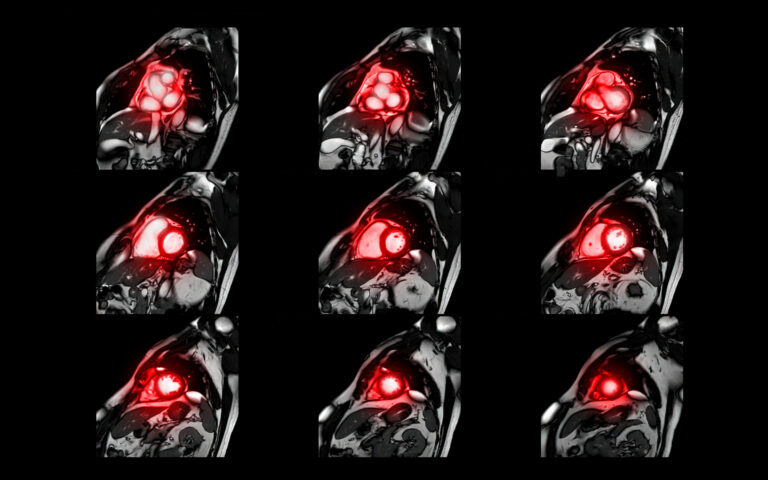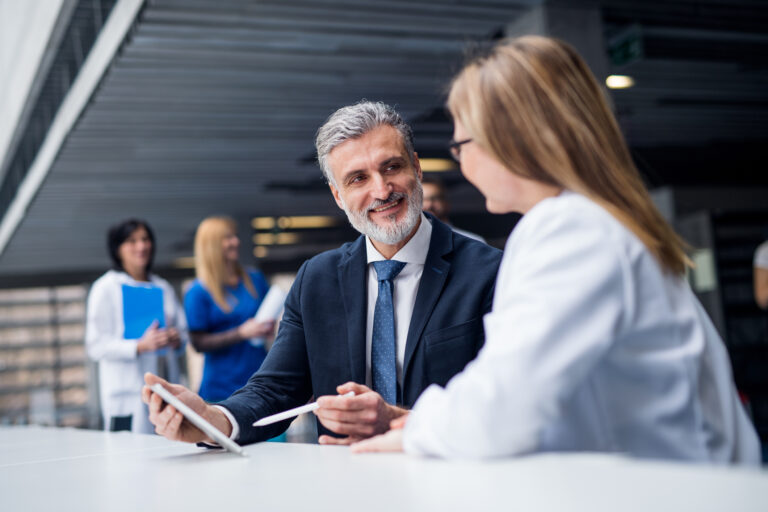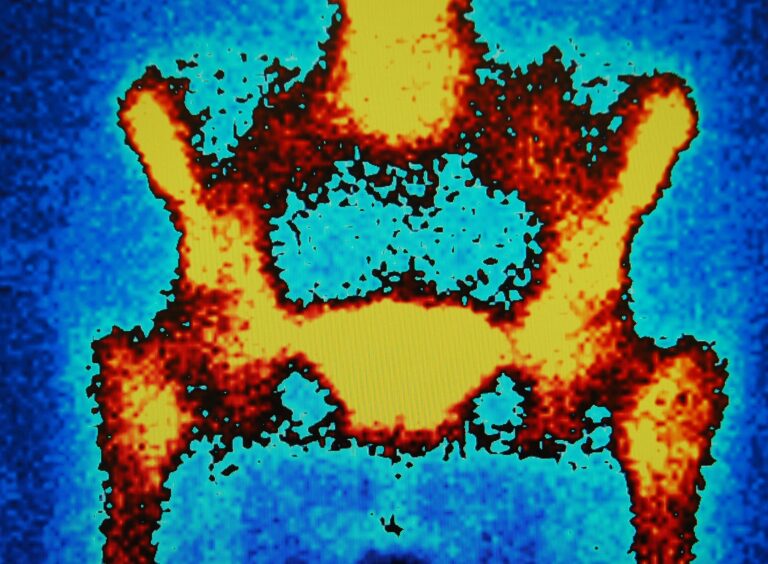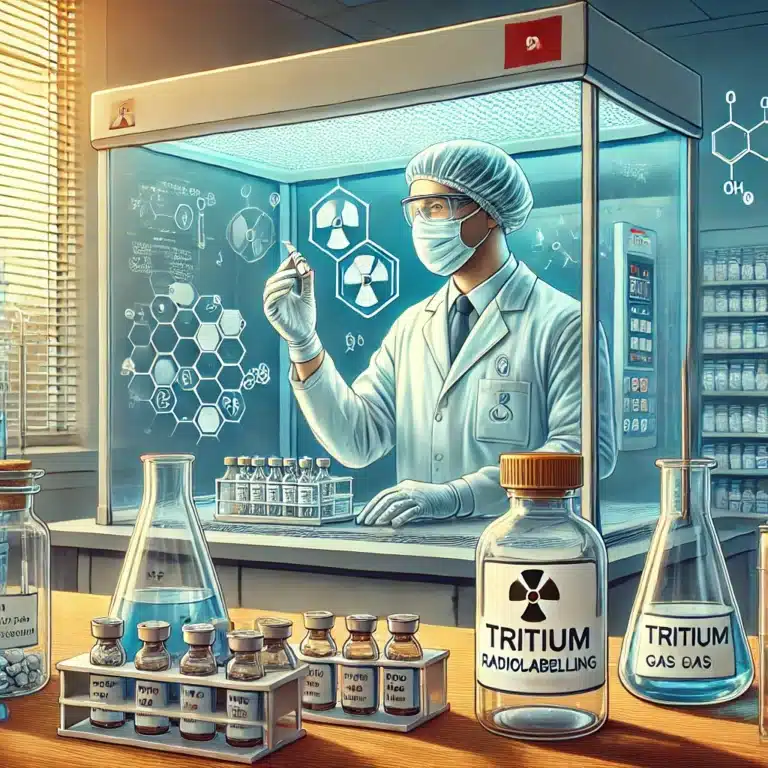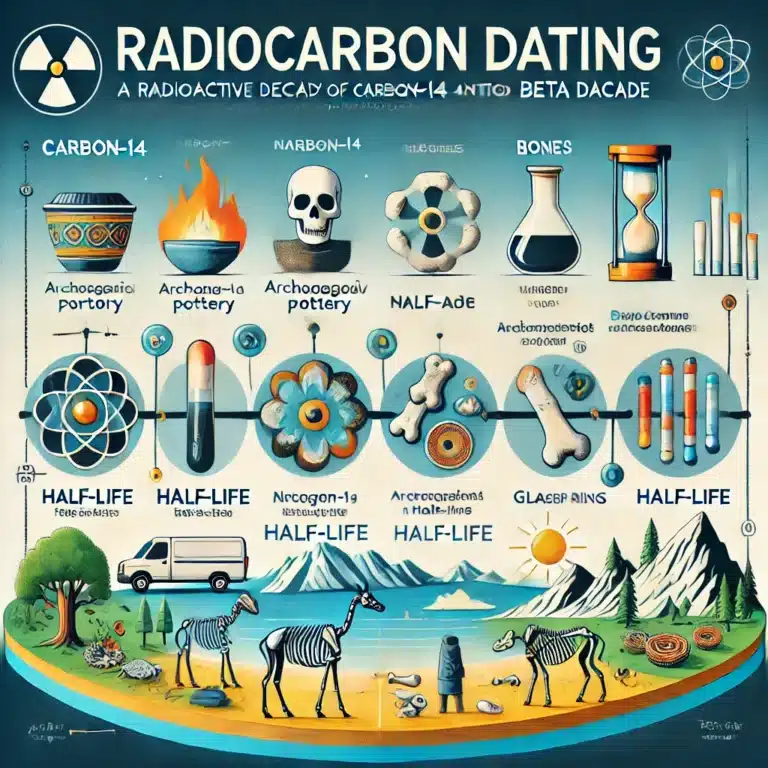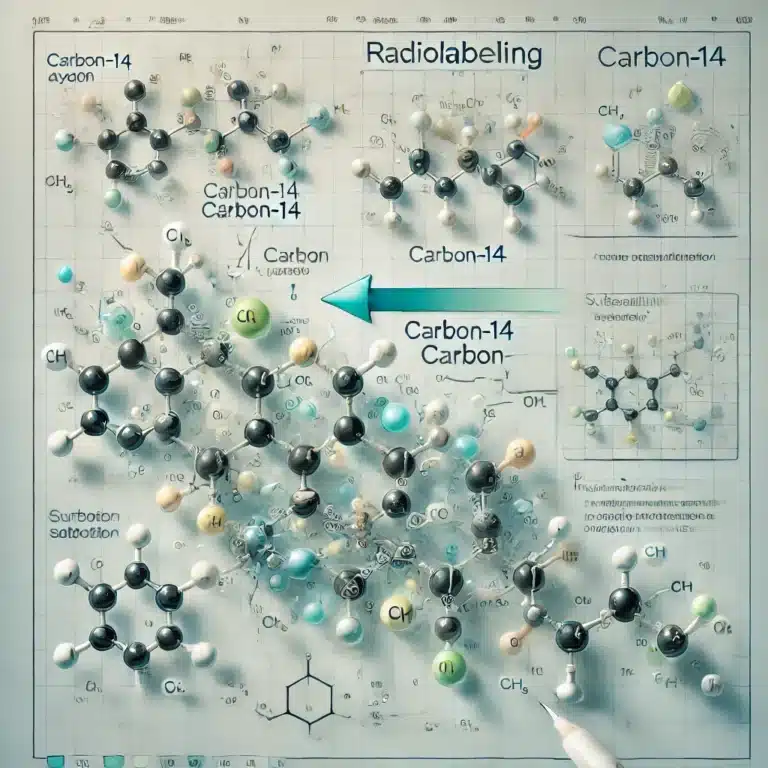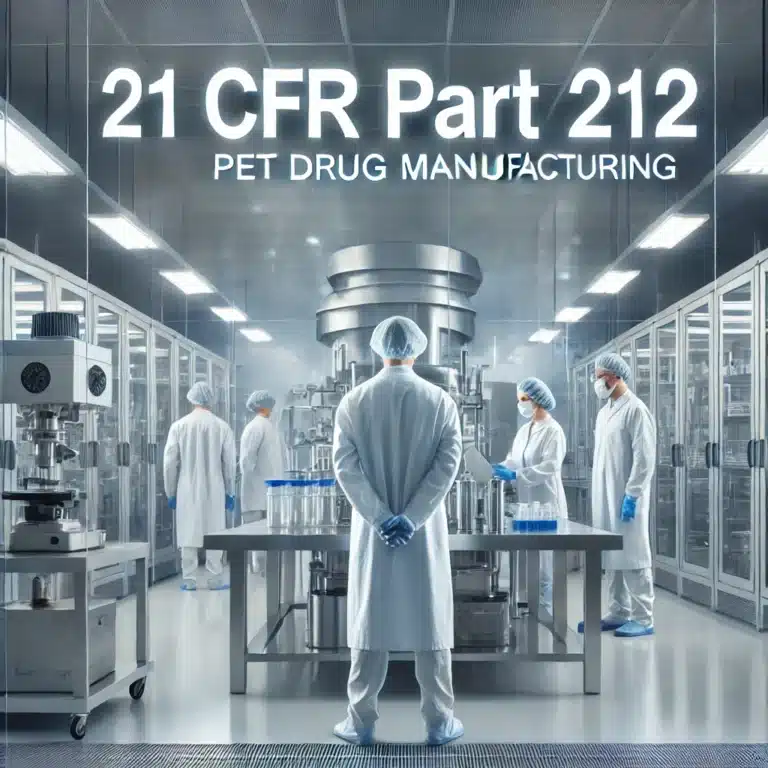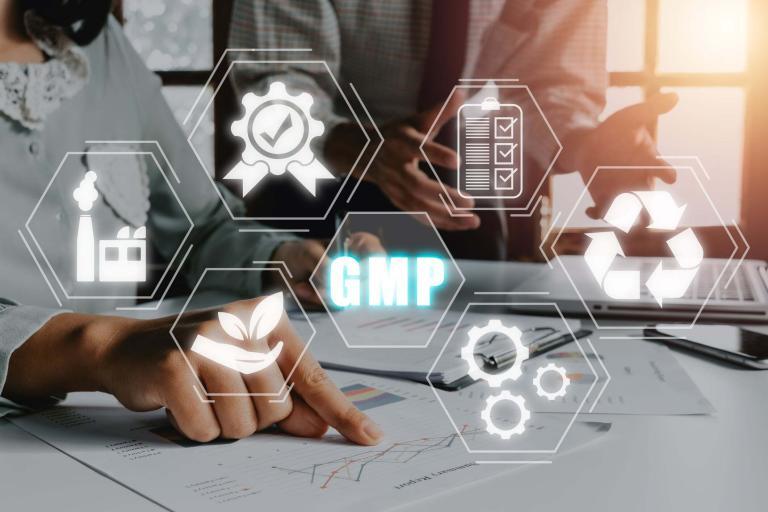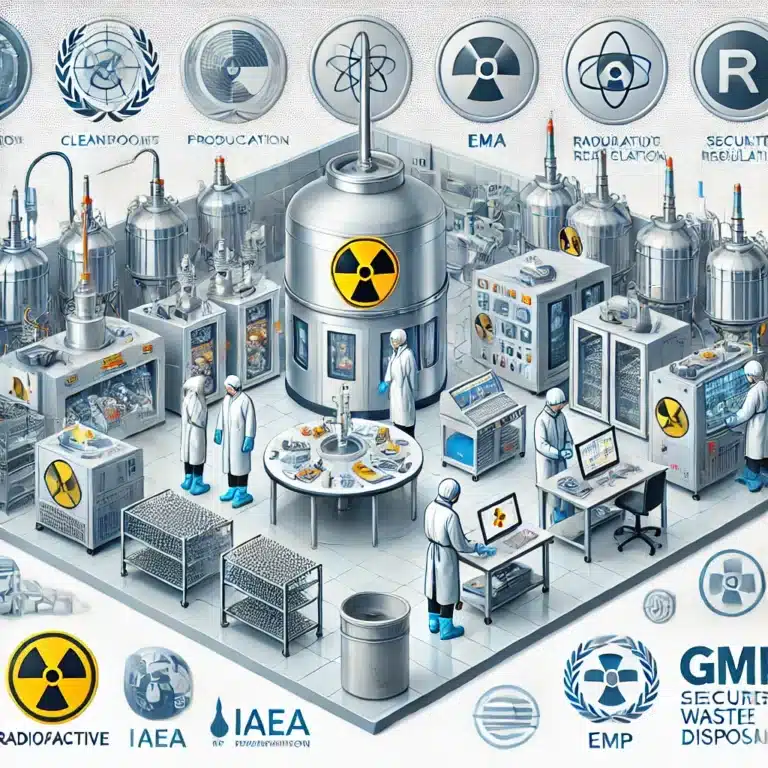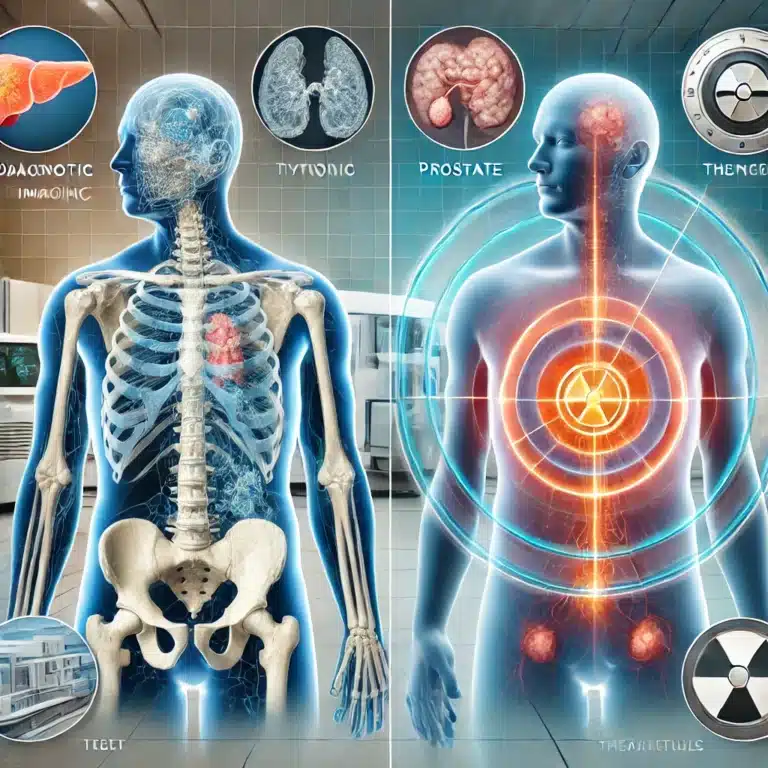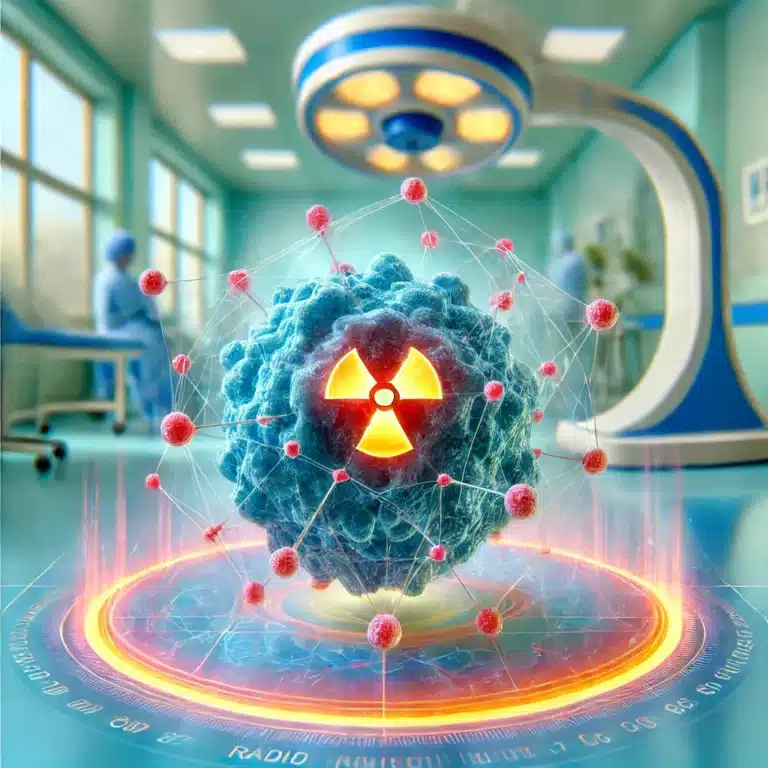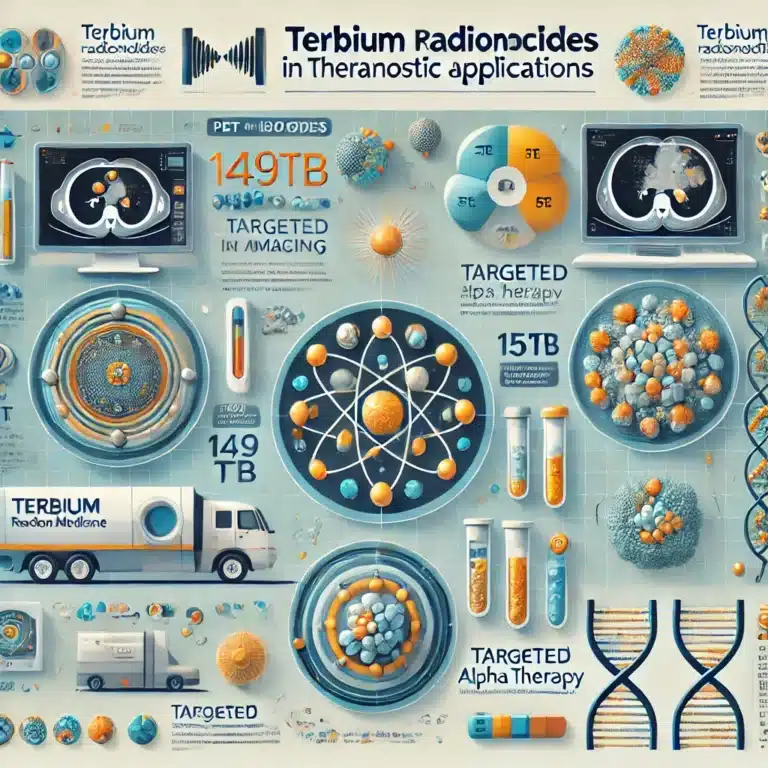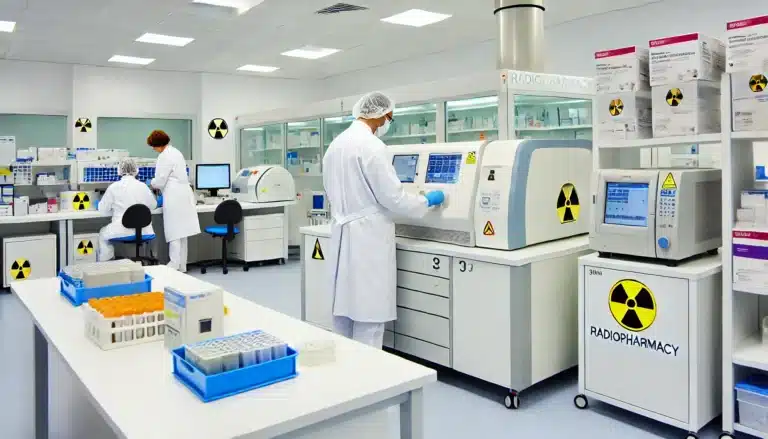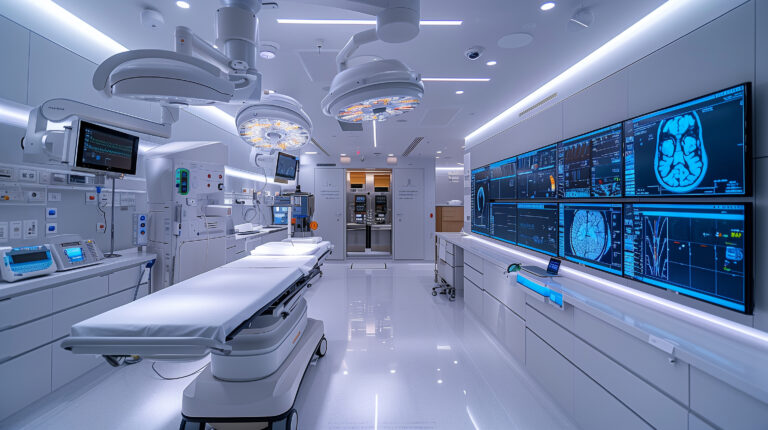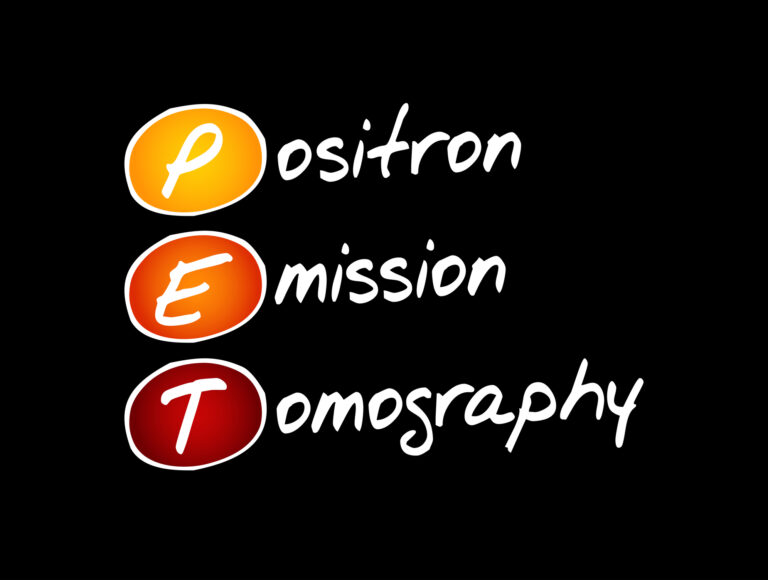Radiopharmaceuticals
Radiopharmaceuticals can be divided into radioactive molecules or radionuclides that facilitate diagnostic imaging and radiotherapy. Before being used in the clinical setting, all commercially produced radiopharmaceuticals must be approved by the US Food and Drug Administration (FDA).
Also, radiopharmaceuticals must possess various characteristics to be desirable for nuclear medicine applications. Radionuclide decay should be able to produce gamma emissions of suitable energy for diagnostic imaging. The ideal energy for a gamma camera is 100-200 keV, compared to 511 keV for positron emission tomography imaging.
Radiopharmaceuticals should not contain particle radiation, such as beta emissions, which can contribute to the patient’s radiation doses, even though beta emissions have therapeutic properties.
Furthermore, radionuclides should have an effective half-life for clinical applications. They should also be carrier-free and not contaminated with a stable radionuclide. If the specific activity changes, this can harm biodistribution and labelling efficiency.
Considering all the above, one of the best radionuclides for radiopharmaceuticals is technetium-99m, especially for gamma camera imaging. The radiopharmaceutical should rapidly localise in a specific part of the body according to the intended application. Background clearance should also be rapid to achieve reasonable target-to-background ratios.
Radiotherapy treatments involving the radionuclide attached to a vector (antibody) to deliver radioactivity to specific cells are called radioimmunotherapy.
For example, the radiopharmaceutical iodine-131 tositumomab, yttrium-90 ibritumomab and yttrium-90 epratuzumab are used to treat non-Hodgkin’s lymphoma.
Also, samarium-153 (Quadramet) is effective in relieving the pain of bone cancer and prostate and breast cancer. The most used radioisotope for treating bone metastasis in the US is samarium-153 EDTMP (lexidronam).
The pure beta emitter yttrium-90 is used to relieve the pain of arthritis in larger synovial joints. Other radiopharmaceuticals include Iofetamine (I-123 iodoamphetamine), used for non-invasive evaluation of local cerebral blood flow in cerebrovascular accidents, and dysprosium, used as an aggregated hydroxide for synovectomy (removal of synovial tissue surrounding a joint ) treatment of arthritis.
You are here:
home » radiopharmaceuticals

